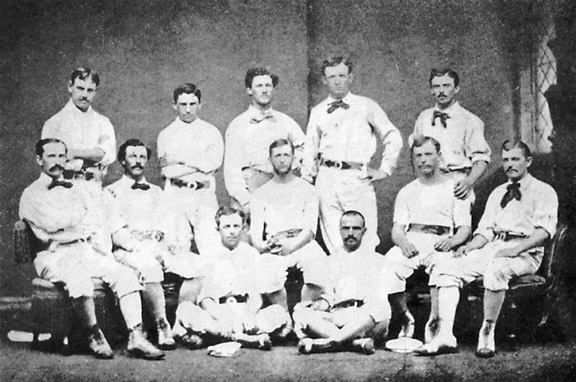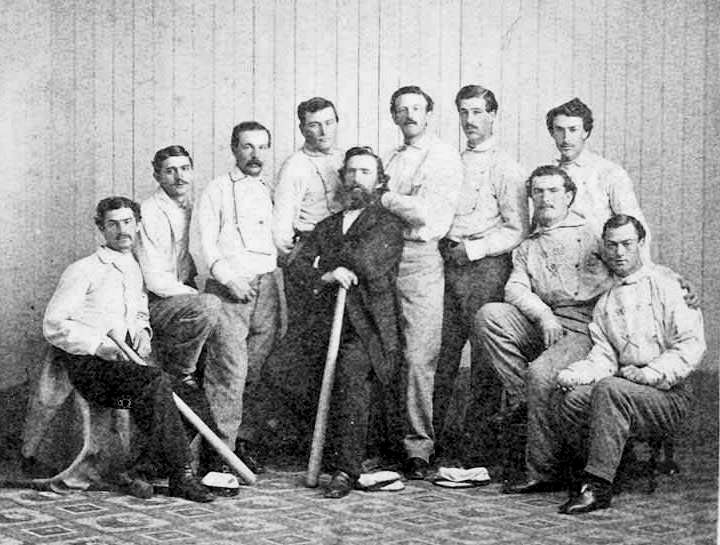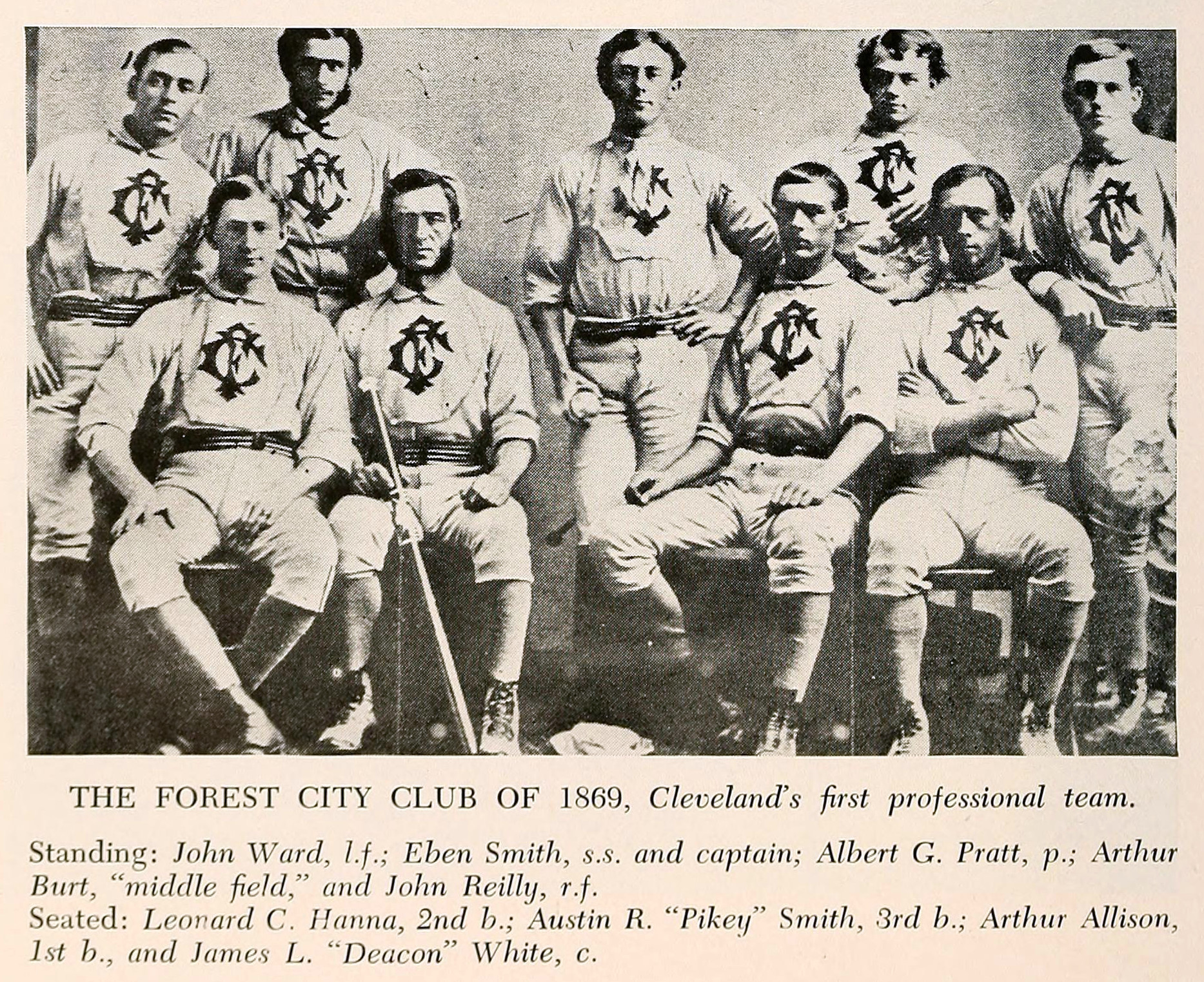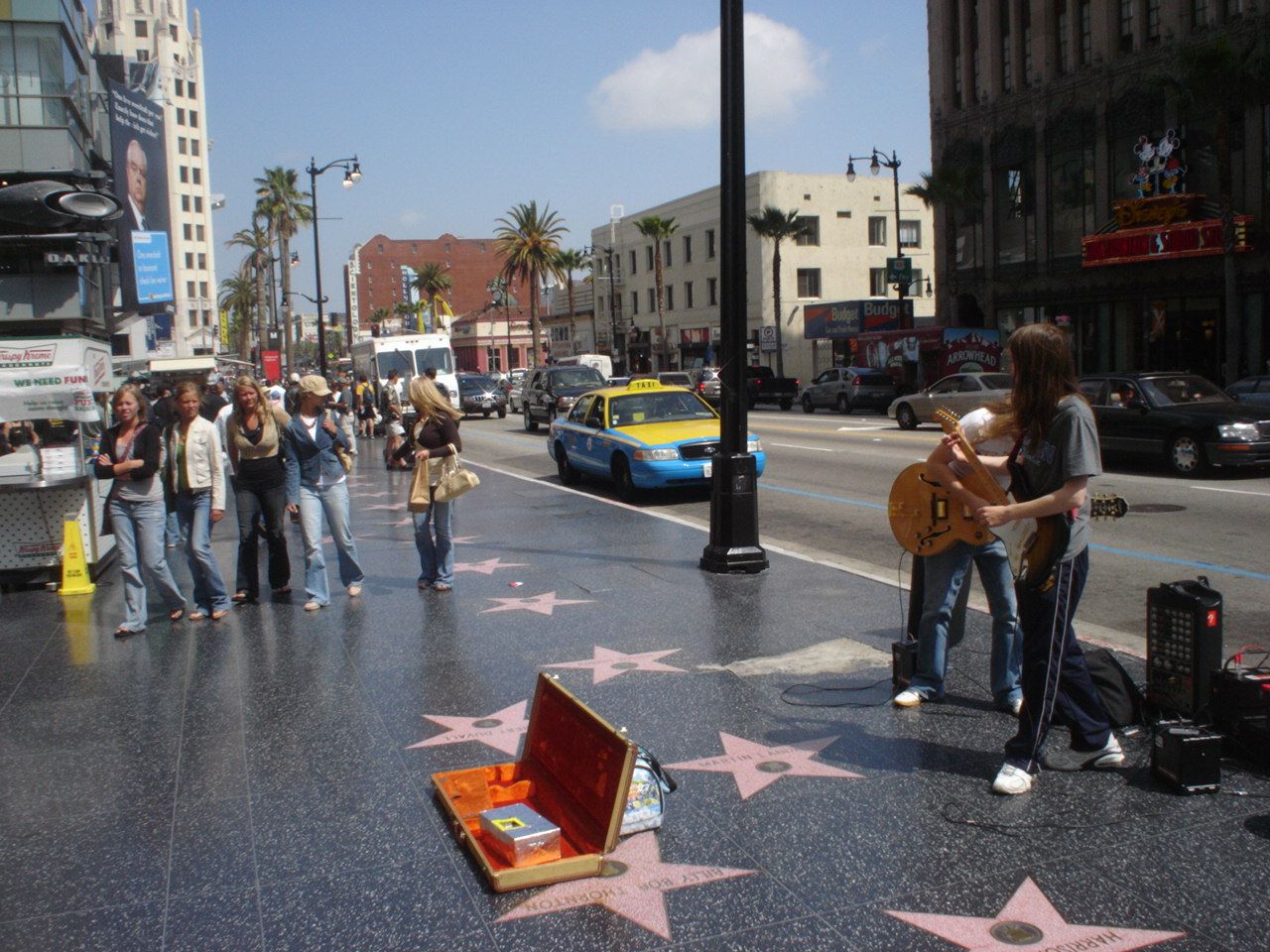|
Philadelphia Athletics (1860–1876)
The Athletic Base Ball Club of Philadelphia (also known as the Philadelphia Athletics) was a prominent National Association, and later National League, professional baseball team that played in the second half of the 19th century. Forming and success (1860–1875) Early history The city of Philadelphia "had been a baseball town from the earliest days of the game", fielding amateur teams since at least the early 1830s. In 1860, James N. Kerns formed a club, simply named "Athletic Base Ball Club", that soon dominated amateur play in the area (Jordan 1999). '' Harper's Weekly'' chronicled a match between Athletic and Atlantic of Brooklyn for the baseball championship in 1866. A famous ''Harper''s illustration shows the Athletic players in uniforms with the familiar blackletter "A" on front. When newspapers developed stand-alone game scores and league standings, the club was termed ''Athletic'' (''Base Ball Club'' being dropped in any case). In prose the team was commonly called ' ... [...More Info...] [...Related Items...] OR: [Wikipedia] [Google] [Baidu] |
1860 In Baseball
The following are the baseball events of the years 1845 to 1868 throughout the world. Events *1837 – The Gotham Club of New York is formed. *1845 Summer – The Knickerbocker Base Ball Club is formed by breakaway members of the New York or "Gotham" Club, headed by Duncan Curry, Alexander Cartwright and William R. Wheaton. *1845 September 10 – A baseball game is played that is described the following day in the ''New York Morning News'', the earliest known game write-up. *1845 September 23 – The New York Knickerbockers draw up the earliest surviving set of baseball rules, the Knickerbocker Rules, which are written down by William R. Wheaton and William H. Tucker (baseball), William H. Tucker. *1845 October 11 – A club from Brooklyn defeats one from New York (i.e. Manhattan) at the Union Star Cricket Ground in Brooklyn, the home team winning 22–1. The game is reported in the ''New York Morning News'' and ''True Sun'' newspapers. *1845 October 21 – A second baseball game ... [...More Info...] [...Related Items...] OR: [Wikipedia] [Google] [Baidu] |
New York Mutuals
The Mutual Base Ball Club of New York was a leading American baseball club almost throughout its 20-year history. It was established during 1857, the year of the first baseball convention, just too late to be a founding member of the National Association of Base Ball Players. It was a charter member of both the first professional league in 1871 and the National League in 1876. The team was initially formed from firefighters of New York's Mutual Hook and Ladder Company Number One. Boss Tweed operated the team until his arrest in 1871. The Mutual club initially played its home games at Elysian Fields in Hoboken, with the New York Knickerbockers and many other Manhattan clubs, but moved to the enclosed Union Grounds in Brooklyn in 1868. Though historically identified as "New York", they never staged any home games in Manhattan. The Mutuals chose open professionalism in 1869–70 after NABBP liberalization. They joined the first professional league, the National Association ... [...More Info...] [...Related Items...] OR: [Wikipedia] [Google] [Baidu] |
Deacon White
James Laurie "Deacon" White (December 2, 1847 – July 7, 1939) was an American baseball player who was one of the principal stars during the first two decades of the sport's professional era. The outstanding catcher of the 1870s during baseball's barehanded period, he caught more games than any other player during the decade, and was a major figure on five consecutive championship teams from 1873 to 1877 – three in the National Association (NA), in which he played throughout its five-year existence from 1871 to 1875, and two in the National League (NL), which was formed as the first fully recognized major league in , partially as a result of White and three other stars moving from the powerhouse Boston Red Stockings to the Chicago White Stockings. Although he was already 28 when the NL was established, White played 15 seasons in the major leagues, completing a 23-year career at the top levels of the sport. In 1871, White was the first batter to come to the plate in the ... [...More Info...] [...Related Items...] OR: [Wikipedia] [Google] [Baidu] |
Catcher
Catcher is a position in baseball and softball. When a batter takes their turn to hit, the catcher crouches behind home plate, in front of the (home) umpire, and receives the ball from the pitcher. In addition to this primary duty, the catcher is also called upon to master many other skills in order to field the position well. The role of the catcher is similar to that of the wicket-keeper in cricket. Positioned behind home plate and facing toward the outfield, the catcher can see the whole field, and is therefore in the best position to direct and lead the other players in a defensive play. The catcher typically calls for pitches using hand signals. The calls are based on the pitcher's mechanics and strengths, as well as the batter's tendencies and weaknesses. Essentially, the catcher controls what happens during the game when the ball is not "in play". Foul tips, bouncing balls in the dirt, and contact with runners during plays at the plate are all events to be handled by th ... [...More Info...] [...Related Items...] OR: [Wikipedia] [Google] [Baidu] |
Chicago White Stockings (1870–89)
The following is a franchise history of the Chicago Cubs of Major League Baseball, a charter member of the National League who started play in the National Association in 1870 as the Chicago White Stockings. The Chicago National League Ball Club is the only franchise to play continuously in the same city since the formation of the National League in 1876. They are the earliest formed active professional sports club in North America, predating the team now known as the Atlanta Braves by one year. In their early history, they were called in the press the White Stockings, Orphans, Infants, Remnants and Colts before officially becoming "Cubs" in 1907. Chicago White Stockings/Chicago Colts 1870: The Chicago White Stockings Base Ball Club The success and fame won by the Brooklyn Atlantics, organized baseball's first true dynasty, and the Cincinnati Red Stockings (c. 1867–1870) baseball's first openly all- professional team, led to a minor explosion of other openly profession ... [...More Info...] [...Related Items...] OR: [Wikipedia] [Google] [Baidu] |
Pitcher
In baseball, the pitcher is the player who throws ("pitches") the Baseball (ball), baseball from the pitcher's mound toward the catcher to begin each play, with the goal of out (baseball), retiring a batter (baseball), batter, who attempts to either make contact with the pitch (baseball), pitched ball or draw a base on balls, walk. In the numbering system used to record defensive plays, the pitcher is assigned the number 1. The pitcher is often considered the most important player on the defensive side of the game, and as such is situated at the right end of the defensive spectrum. There are many different types of pitchers, such as the starting pitcher, relief pitcher, middle reliever, left-handed specialist, lefty specialist, setup man, and the closing pitcher, closer. Traditionally, the pitcher also bats. Starting in 1973 with the American League(and later the National League) and spreading to further leagues throughout the 1980s and 1990s, the hitting duties of the pitcher h ... [...More Info...] [...Related Items...] OR: [Wikipedia] [Google] [Baidu] |
Ezra Sutton
Ezra Ballou Sutton (September 17, 1849 – June 20, 1907) was an American third baseman in the National Association and Major League Baseball from 1871 to 1888. Sutton collected 1,574 hits during this time period; he had a lifetime batting average of .294. Like many players in an era when walks were more rare, Sutton did not walk a lot, only drawing 169 walks in more than 5,500 plate appearances. By almost all measures, Sutton had his two best seasons in and – he collected 203 runs and 296 hits during those seasons. On May 8, 1871, Sutton hit the first home run in professional baseball history for the Cleveland Forest Citys against the Chicago White Stockings. He would go on to hit another home run later in the game but Cleveland still lost the game 14–12. The Seneca Falls, New York born Sutton came to the Cleveland Forest Citys in 1870 from the Alert club of Rochester, New York (who had played the Forest Citys twice in 1869), and then joined the Philadelphia Athletics ... [...More Info...] [...Related Items...] OR: [Wikipedia] [Google] [Baidu] |
Infielder
An infielder is a baseball player stationed at one of four defensive "infield" positions on the baseball field. Standard arrangement of positions In a game of baseball, two teams of nine players take turns playing offensive and defensive roles. Although there are many rules to baseball, in general the team playing offense tries to score runs by batting balls into the field that enable runners to make a complete circuit of the four bases. The team playing in the field tries to prevent runs by catching the ball before it hits the ground, by tagging runners with the ball while they are not touching a base, or by throwing the ball to first base before the batter who hit the ball can run from home plate to first base. There are nine defensive positions on a baseball field. The part of the baseball field closest to the batter (shown in the diagram as light brown) is known as the "infield" (as opposed to the "outfield", the part of the field furthest from the batter, shown in the diagr ... [...More Info...] [...Related Items...] OR: [Wikipedia] [Google] [Baidu] |
Hall Of Famer
A hall, wall, or walk of fame is a list of individuals, achievements, or other entities, usually chosen by a group of electors, to mark their excellence or fame in their field. In some cases, these halls of fame consist of actual halls or museums that enshrine the honorees with sculptures, plaques, and displays of memorabilia and general information regarding the inducted recipients. Sometimes, the honorees' plaques may instead be posted on a wall (hence a "wall of fame") or inscribed on a sidewalk (as in a "walk of fame", "walk of stars", or "avenue of fame"). In other cases, the hall of fame is more figurative and consists of a list of names of noteworthy people and their achievements and contributions. The lists are maintained by an organization or community, and may be national, state, local, or private. Etymology The term "hall of fame" first appeared in German with the Ruhmeshalle, built in 1853 in Munich. The Walhalla memorial in Bavaria was conceived in 1807 and built ... [...More Info...] [...Related Items...] OR: [Wikipedia] [Google] [Baidu] |
Winning Percentage
In sports, a winning percentage is the fraction of games or matches a team or individual has won. The statistic is commonly used in standings or rankings to compare teams or individuals. It is defined as wins divided by the total number of matches played (i.e. wins plus draws plus losses). A draw counts as a win. : \text = \cdot100\% Discussion For example, if a team's season record is 30 wins and 20 losses, the winning percentage would be 60% or 0.600: : 60\% = \cdot100\% If a team's season record is 30–15–5 (i.e. it has won thirty games, lost fifteen and tied five times), and in the five tie games are counted as 2 wins, and so the team has an adjusted record of 32 wins, resulting in a 65% or winning percentage for the fifty total games from: : 65\% = \cdot100\% In North America, winning percentages are expressed as decimal values to three decimal places. It is the same value, but without the last step of multiplying by 100% in the formula above. Furthermore, they are ... [...More Info...] [...Related Items...] OR: [Wikipedia] [Google] [Baidu] |
Fairview Park Fair Grounds
Fairview Park Fair Grounds was a baseball field located in Dover, Delaware. It was also known as Dover Grounds. It was used by the Philadelphia Athletics for one game on June 24, 1875. Philadelphia defeated the New Haven Elm Citys The Elm City baseball club, or New Haven Elm Citys in modern nomenclature, were a professional baseball team based in New Haven, Connecticut ("The Elm City"). They existed for one season, in the National Association of Professional Base Ball Players ... in that game 12–1. References External links1875 Philadelphia Athletics Buildings and structures in Dover, Delaware Defunct baseball venues in the United States Baseball venues in Delaware Defunct sports venues in Delaware {{Delaware-baseball-venue-stub ... [...More Info...] [...Related Items...] OR: [Wikipedia] [Google] [Baidu] |
Dover, Delaware
Dover () is the capital and second-largest city of the U.S. state of Delaware. It is also the county seat of Kent County and the principal city of the Dover, DE, Metropolitan Statistical Area, which encompasses all of Kent County and is part of the Philadelphia– Wilmington–Camden, PA– NJ–DE– MD, Combined Statistical Area. It is located on the St. Jones River in the Delaware River coastal plain. It was named by William Penn for Dover in Kent, England (for which Kent County is named). As of 2010, the city had a population of 36,047. Etymology The city is named after Dover, Kent, in England. First recorded in its Latinised form of '' Portus Dubris'', the name derives from the Brythonic word for waters (''dwfr'' in Middle Welsh). The same element is present in the town's French (Douvres) and Modern Welsh (Dofr) forms. History Dover was founded as the court town for newly established Kent County in 1683 by William Penn, the proprietor of the territory generally ... [...More Info...] [...Related Items...] OR: [Wikipedia] [Google] [Baidu] |




.jpg)



.jpg)